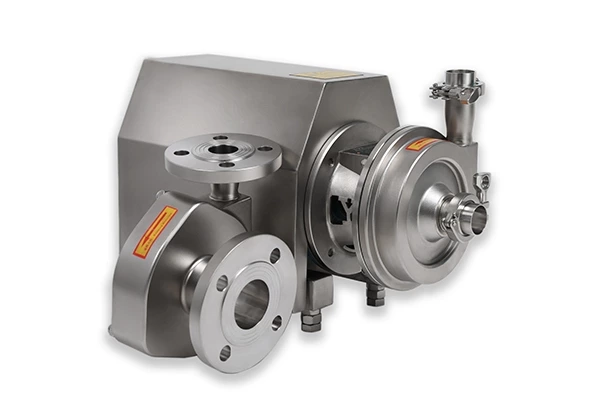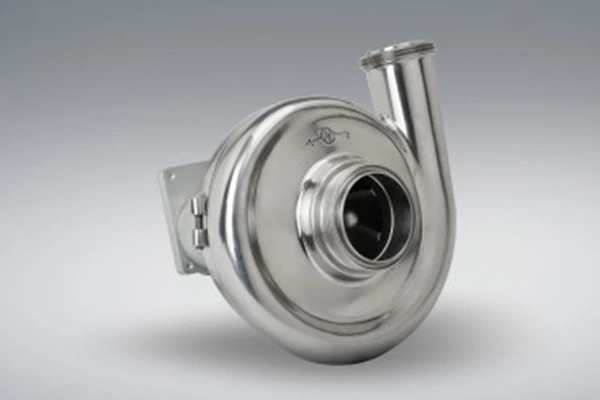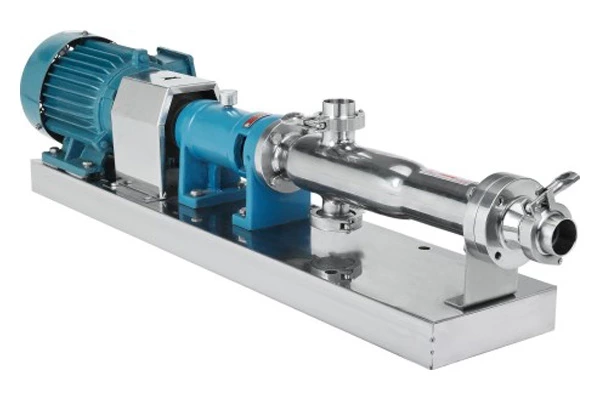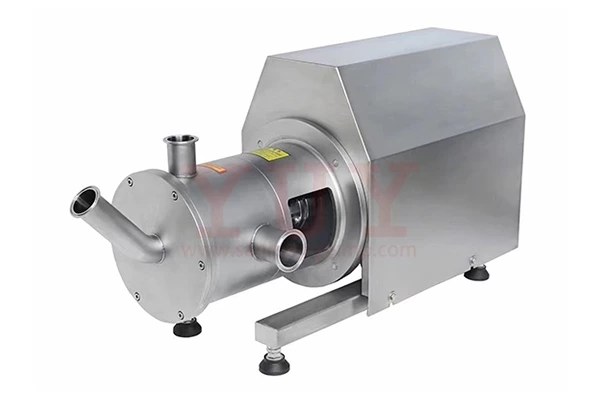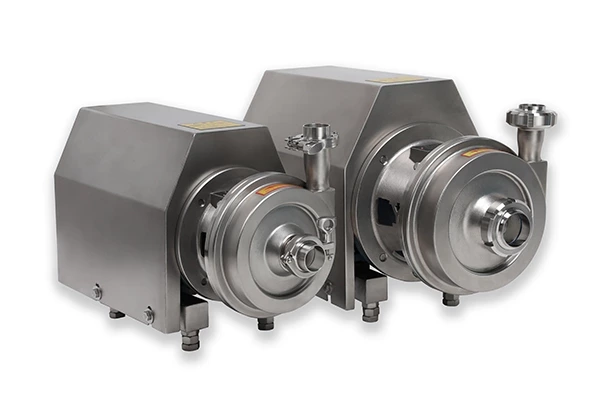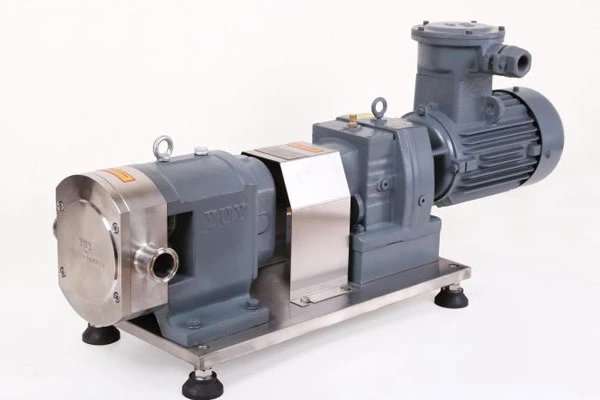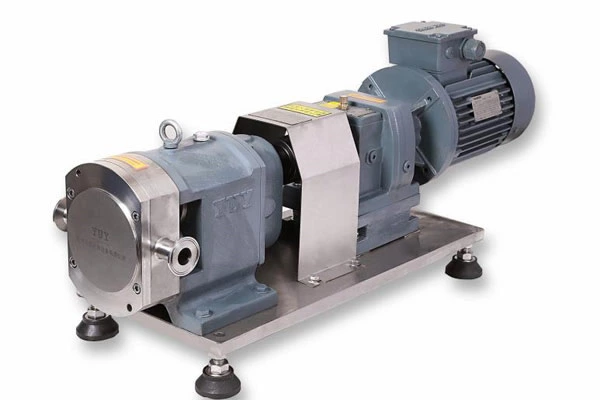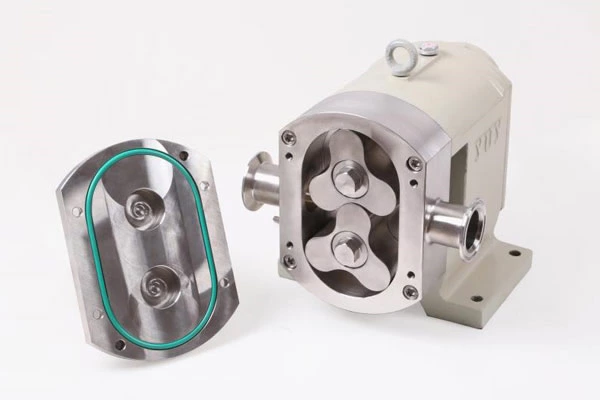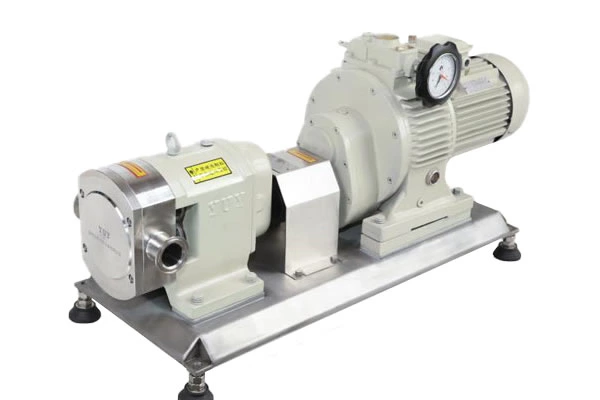Popularization Of Pump Startup Knowledge
Let’s start with a few basic, correct steps, regardless of pump type, model, and application.
1) The EOMM and local facility operating procedures/manuals have been carefully reviewed.
2) Each Sanitary Centrifugal Pump must be primed, vented, and filled with fluid prior to startup. The pump to be started must be properly primed and vented.
3) The pump suction valve must be fully open.
4) The pump discharge valve may be closed, partially open, or fully open, depending on several factors described in Section 2 of this article.
5) The pump and driver bearings must have the proper oil at the proper level and/or grease present. For oil mist or pressurized oil lubrication, it must be confirmed that the external lubrication system is activated.
6) The packing and/or mechanical seals must be properly adjusted and/or set.
7) The driver must be accurately aligned with the pump.
8) The entire pump and system installation and layout have been completed (valves installed in place).
9) The operator has been authorized to start the pump (lockout/tagout procedures have been performed).
10) Start the pump and then open the outlet valve (to the required opening - ).
11) Watch the relevant instruments - the outlet pressure gauge rises to the correct pressure and the flow meter shows the correct flow.
So far it seems simple, but allow me to offer a few pointers. Do you first assume that you have purchased a smooth running pump that produces the appropriate flow and head while operating at the Best Efficiency Point (BEP), that will start with simple preparation and no problems? If you do, then you have missed several steps in the above startup process.
We often find ourselves at a pump, not fully prepared for the initial startup, accompanied by an impatient and inexperienced operations supervisor, urging to "start it up". The problem here is that there is actually a long list of items that should be completed and/or checked before this dramatic startup moment arrives. Pumps are expensive and you can easily waste all of that cost and more in the one second it takes to press the start button.
This article will limit the discussion to the "things" that are required and/or recommended before startup. The more complex the pump and system, the more steps and checks are required. I will not cover more complex installations and procedures as these operators are typically highly trained and experienced.
The decision and action steps for the correct pump selection are made long before what we call the critical moment of startup (or “what to do before or during installation”).
The groundwork that should be completed in advance includes foundation design, grouting, pipe strain relief, ensuring adequate NPSH margin, pipe sizing and system configuration, material selection, system hydrostatic testing, monitoring instrumentation, immersion calculations, and auxiliary system configuration and requirements.
